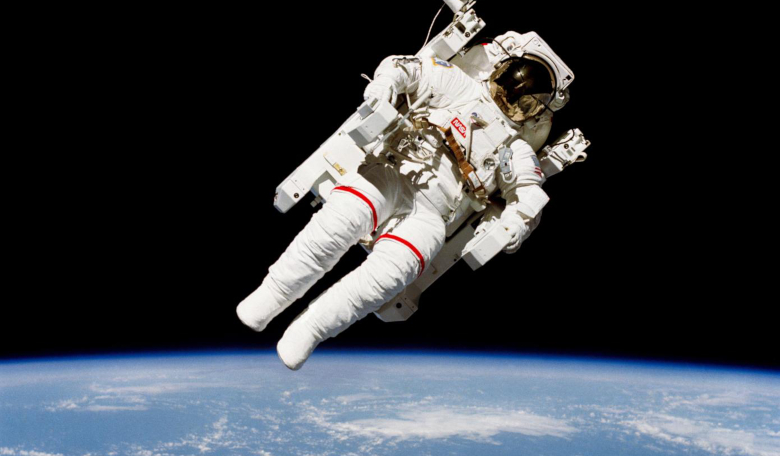Space tourists wanting to raise the bar in daring off-world escapades can now go one step further than travelling to low-Earth orbit and holidaying in the International Space Station – they can now get outside and go for a spacewalk too.
In a recent announcement, Russian rocket company RSC Energia and US space tourism firm Space Adventures revealed that a contract to send two tourists to the ISS aboard a Soyuz rocket has been signed by both parties and now the hunt is on for a willing participant to become the first-ever tourist to walk in outer space.
RSC Energia, Roscosmos and Space Adventures have been working together since 2001, to provide space tourism trips for individuals wanting an out-of-this-world experience.
Dennis Tito, an American engineer and entrepreneur, famously became the first space tourist to fund his own trip into space and since then, a further six people have travelled to space under the space tourism programme.
Prices and stop over times for an orbital vacation vary. At the time, Tito paid around $20 million for a round trip and a 12 day stay aboard the ISS.
More recently, SpaceX who has joined with Houston-based startup Axiom Space to offer similar space-based package deals, announced that tickets to fly on its Falcon 9 to the ISS will cost around $55 million for a 10-day trip.
It has not been disclosed how much the trip with RSC Energia and Space Adventures will cost, but one of the two lucky passengers, will initiate another first like Tito did, and become the first private astronaut to walk in space.
“It is planned that in the course of the mission one of the spaceflight participants will go on a spacewalk from the ISS Russian Segment together with a professional Russian cosmonaut,” say RSC Energia in a statement.
The adventure is expected to last between 90 to 100 minutes - approximately the same time it takes the ISS to orbit Earth.
According to Russian news site Sputnik news, the first space tourist to walk outside the station might also conduct certain experiments, as well as having the opportunity to take photos of the planet.
The tourists will fly to the ISS on board a modified Russian Soyuz spacecraft, the MS-20.
Launched by Russian rockets of the same name, the Soyuz MS-20 (MS stands for Modified Systems) is being customised so that only one person needs to pilot and dock the vehicle.
The remaining two seats, which normally would be taken up by other crew members, will be used by the two private astronauts.
Little else has been released about the trip at this early stage, other than that the trip will last two weeks and the mission is scheduled for lift off in 2023.











